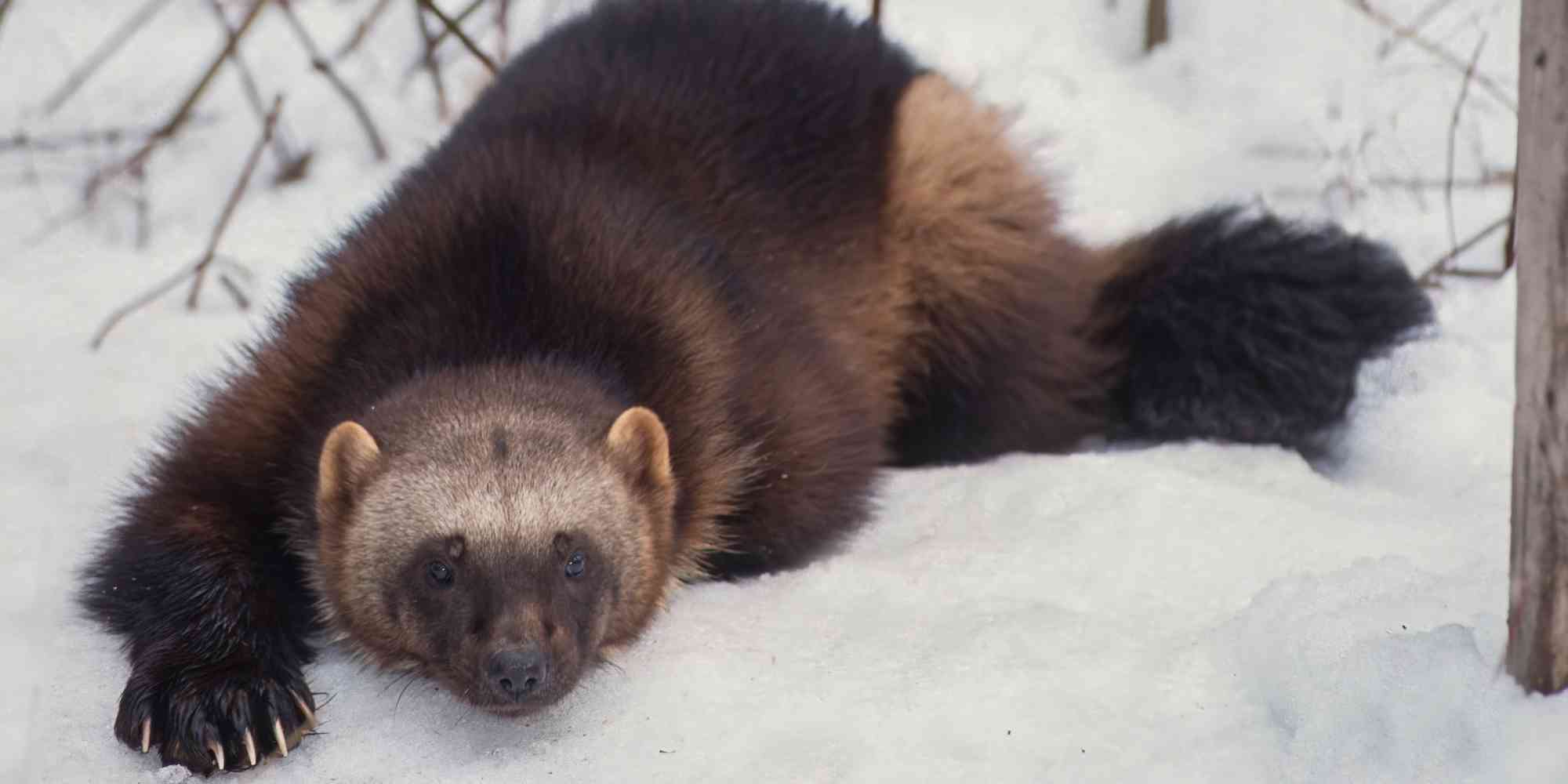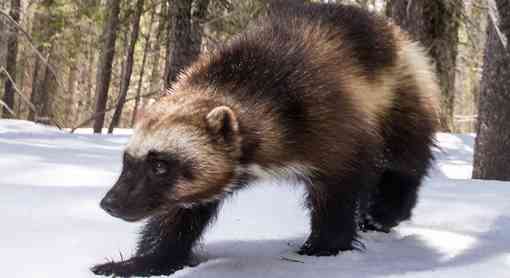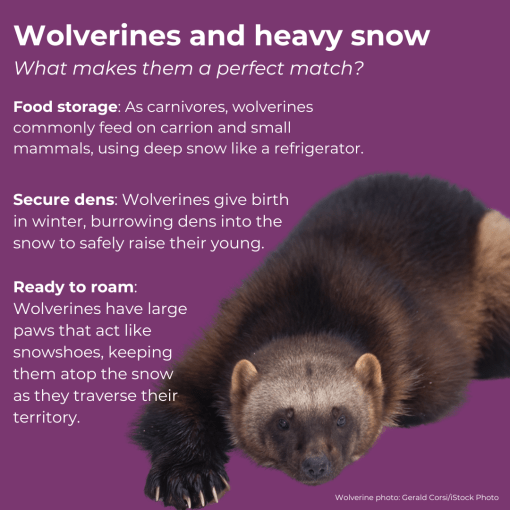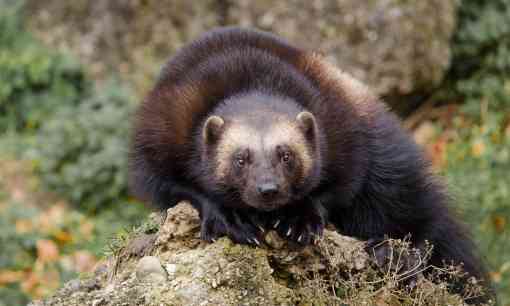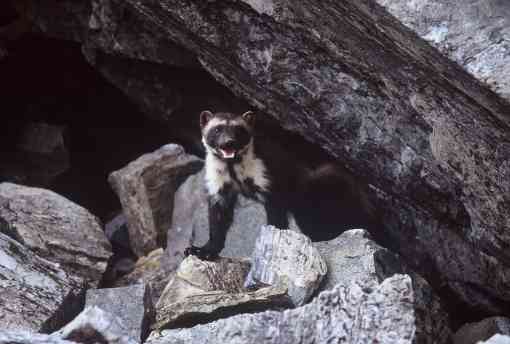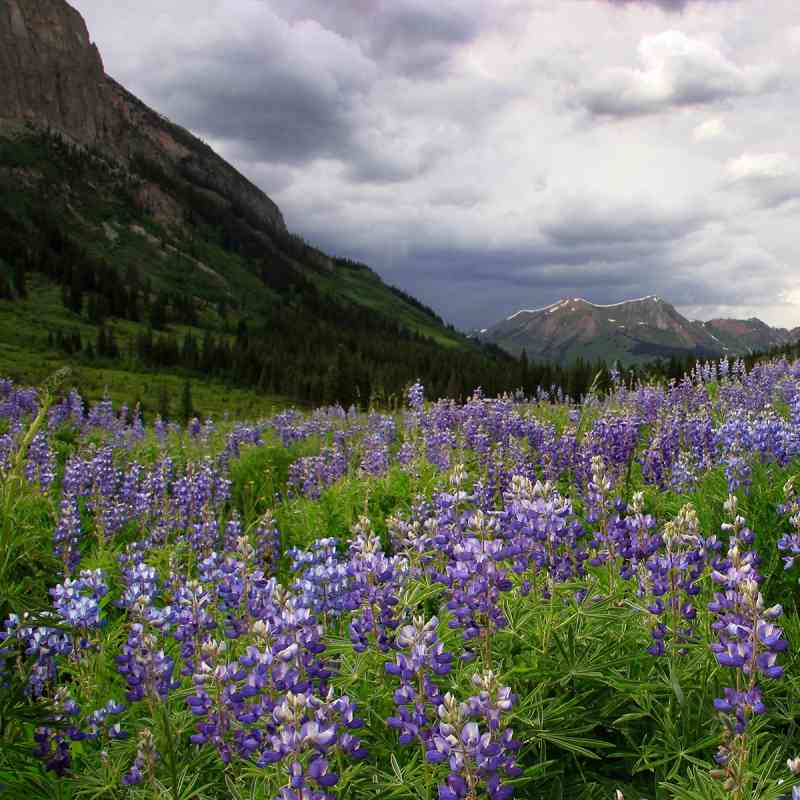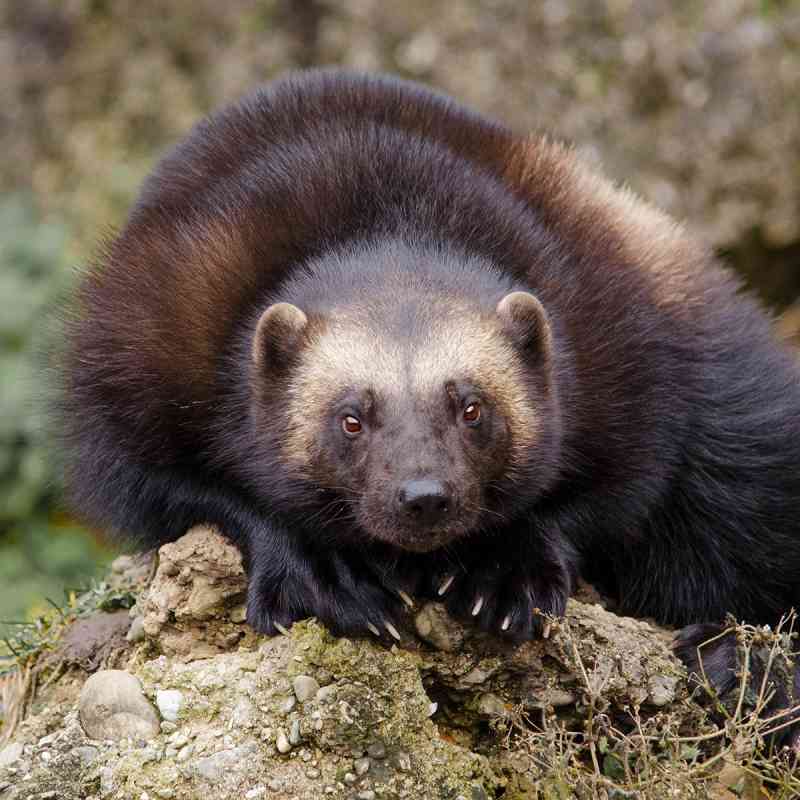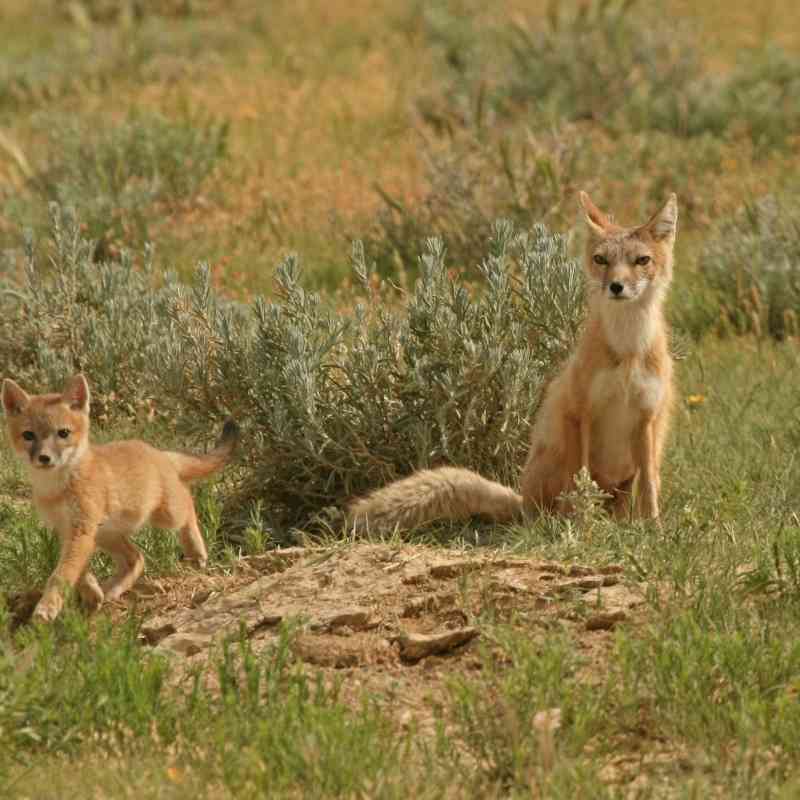The wolverine is a newly-protected species under the Endangered Species Act, having been listed as threatened in November 2023 — and these protections are long overdue. Defenders of Wildlife advocated and litigated for more than two decades for the snow-reliant weasel to receive ESA protections, as the hard-packed snowbanks it needs to survive become scarcer and smaller. Find out more about the wolverine in this Q&A with Rockies and Plains Program Director Michael Saul.
Where do wolverines live?
Wolverines are “circumpolar” — they live in alpine areas and high alpine forests in northern regions around the globe, including Scandinavia, Siberia, Kamchatka, Alaska and Canada. They used to live as far south as Colorado, Utah, California’s Sierra Nevada and the Upper Midwest. Now, only about 300 remain in the lower 48. By about the 1920s, they were eradicated from large parts of their historical range in the lower 48 by unregulated trapping.
Why is deep snow so important to wolverines?
Wolverines are perfectly adapted to survive and thrive in deep snow environments, with big paws for crossing the snow and rotated back molars specially adapted to cut frozen meat and crack bones. Well-suited for cold, snowy environments, they use the deep snow to store food (mostly carrion and small mammals) and make secure dens.
My colleague, wildlife biologist Christi Heun of Alaska notes, “When I think of wolverines, I think of a crazy ability to traverse deep snow. You’ll see their tracks on tops of mountains all across valleys and over the next mountain ridge.” But the same adaptations that make them so effective at thriving in deep snow make them vulnerable to the loss of snowpack we’re already observing from man-made climate change.
How likely are you to see a wolverine in the wild?
Very unlikely! These elusive weasels had relatively low numbers even at the best of times. They are generally solitary and occupy huge home ranges — ranges twenty times larger than those of bobcats or coyotes. They’re tough even to find with camera traps, so there’s uncertainty about exactly how many remain in the Northern Rockies and Cascades. From 2015-2019, Defenders’ “Wolverine Watch” citizen science program ran a volunteer camera trapping program in Montana’s Bitterroot National Forest and identified 14 unique wolverines through photographic and DNA evidence.
Why are wolverines a threatened species?
On November 30, 2023, after decades of legal back-and-forth in the courts — in which Defenders and partners were active voices advocating on behalf of the wolverine — the U.S. Fish and Wildlife Service finally designated wolverines in the lower 48 as a threatened species under the ESA.
The Service wrote, “We have determined that the contiguous U.S. DPS (Distinct Population Segment) of the North American wolverine is a threatened species due primarily to the ongoing and increasing impacts of climate change and associated habitat degradation and fragmentation.”
Wolverines face a number of threats, including road construction and other development, winter recreation disturbing their habitat, and trapping. That said, the biggest threat for this snowpack-dependent species is climate change. Wolverines need deep snow. That deep snow is getting scarcer, and that problem is only going to get worse unless humanity takes action to slow CO2 emissions quickly.
It’s been a long road to get wolverines on the endangered species list. How does it feel to see them get protections at last?
It’s really encouraging! Let’s be realistic: the big threat of climate change is a tough problem for lots of species, not just the wolverine — humans included! But the protections and resources that come with ESA listing create a lot of opportunities to address immediate threats, improve safeguards on National Forest System lands and perhaps create a path to restoring these species to other, still-snowy, parts of their historic range, like the Colorado Mountains.
What can those at home do to protect wolverines?
If you’re lucky enough to enjoy winter recreation in the Northern Rockies or Cascades, follow all recommended closures, but take an identification card and report tracks or sightings to your local or state wildlife agency.
For the rest of us, the biggest things we can do at home are speak up, write letters, organize and demand political leaders who will first, definitively defend the ESA; and second, push for real action to fight the climate crisis.
Supporting Defenders is another great option! We’ve been fighting for real action for wolverines for over 20 years and will continue to do everything we can to ensure future generations can continue to share the mountains with these astounding animals.
Author

Michael Saul
Michael Saul directs Defenders’ efforts to protect native fish and wildlife in their natural habitat across the central and northern Rockies and Great Plains.
Michael

Jay Petrequin
Jay works as Communications Specialist for Defenders of Wildlife’s Southeast and Rockies and Plains program regions, as well as North Atlantic Right Whale and Rice’s
comments
Wildlife & Wild Places

